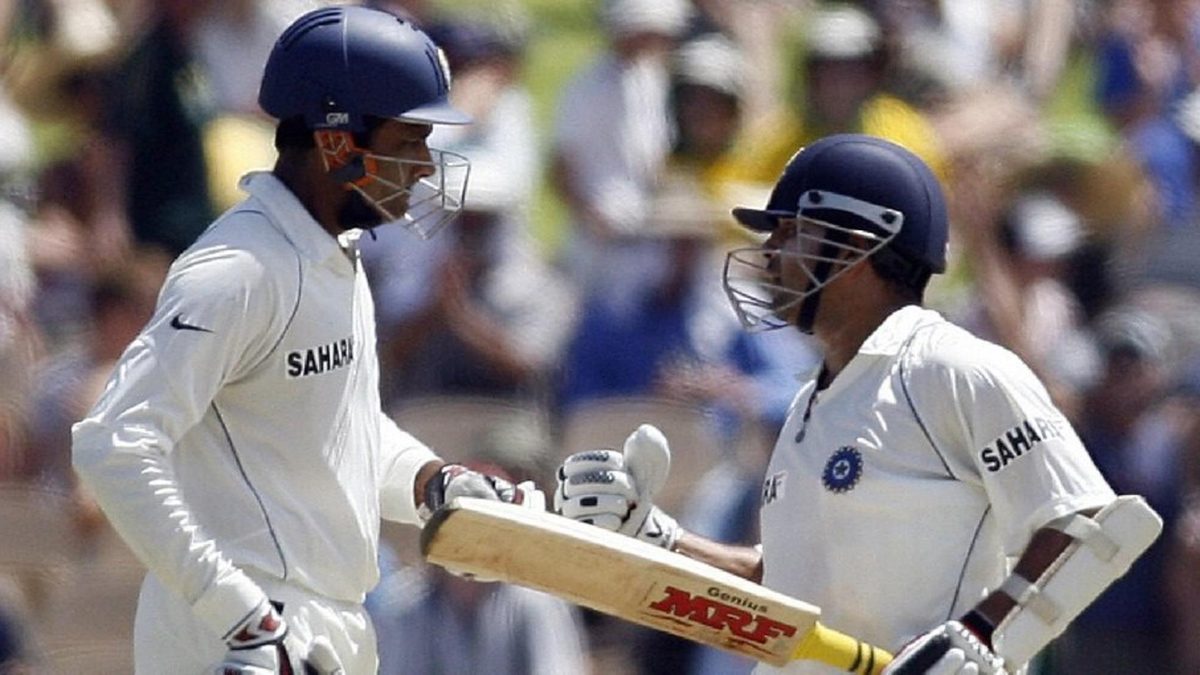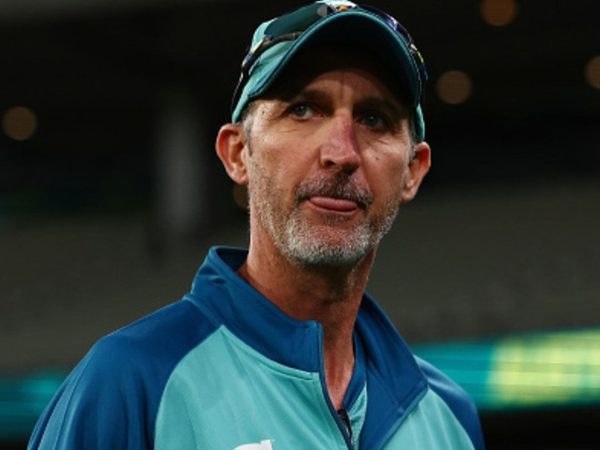
The human body often shows signs of wear after thirty-five. And yet, there have been many who have defied creaking bones and aching muscles to provide sustained performance at the highest level.
Here is an XI from India, selected based on performances in Test cricket after these players turned 35.
Sunil Gavaskar
M: 26 | R: 1,728 | Ave: 45.47 | 100s: 4
By the time he turned 35, Gavaskar had already the most runs and hundreds in the history of Test cricket. His numbers tapered out a bit after that, and each of his four hundreds came on flat pitches against inexperienced bowling attacks. But then, he scored 1,468 runs solely at the top of the order during this phase – about 44 per cent of all runs scored by Indian openers after their 35th birthday.
Vinoo Mankad
M: 26 | R: 1,313 | Ave: 36.47 | 100s: 3 | W: 88 | Ave: 34.07 | 5WIs: 6
The Second World War prevented Mankad from playing Test cricket until he was 29. In 1952, a 35-year-old Mankad responded to an SOS call to score 72 and 184 and take five wickets at Lord’s. Later that year, he took 13-131 and 8-124 to help India win their first ever series, against Pakistan. Having started as a bowler, he had meanwhile made his way to the top of the order. Against New Zealand in 1955/56, he scored 223 at Bombay and 231 at Madras; the latter remained an Indian record until 1983.
VVS Laxman
M: 29 | R: 2,040 | Ave: 48.57 | 100s: 3
Laxman managed to average more in this phase than he did across his whole career. In 2010, he pulled off two fourth-innings shows in consecutive Test matches – 103 not out at Colombo, 73 not out against Australia at Mohali – before carving a decisive 96 at Durban to help India script a famous win.
Sachin Tendulkar
M: 53 | R: 4,139 | Ave: 49.86 | 100s: 12
It is one thing to top the ICC rankings. It is another to scale the top in your early twenties, stay consistently inside the top twenty – even top ten – and reclaim the top spot in your late thirties. Tendulkar outlasted every contemporary he had ever been compared to. The numbers tell the story.
Polly Umrigar
M: 9 | R: 699 | Ave: 49.92 | 100s: 2 | W: 11 | Ave: 35 | 5WIs: 1
India lost captain Nari Contractor to a brutal injury on their 1961/62 tour of the West Indies, and lost the series 5-0. But that was despite Umrigar, who scored 445 runs and picked up nine wickets in his last series. At Port of Spain, he hit 56 and 172 not out alongside a five-wicket haul, thus emulating Mankad’s feat at Lord’s. He held the Indian records for most runs and hundreds until Gavaskar showed up.
Vijay Hazare (c)
M: 17 | R: 1,097 | Ave: 45.70 | 100s: 3 | W: 9 | Ave: 44.44
Like Mankad, Hazare had a late debut (at 31). He welcomed his 35s (if that is a word) with 164 not out – then an Indian record – and 155, and led India to their first Test win, all in the same series, against England in 1951/52. India were blown away on the return tour, but Hazare stood firm, with 333 runs at 55.50, and scored 146 not out against Pakistan in the next innings. This was a significant innings: when ICC retrofitted their Test batting rankings, Hazare was, at this point, the second-best in the world, after Len Hutton. He was the first Indian to achieve this rank.
Kapil Dev
M: 4 | R: 117 | Ave: 39 | W: 9 | Ave: 27.55
This is where things get tricky, as the Indian 35-plus fast-bowling pool looks seriously depleted. Kapil makes it despite the small sample (against relatively weak sides to boot) largely because he had decent numbers, but also due to a lack of competition. The second fast bowler will be trickier.
R Ashwin
M: 7* | R: 246 | Ave: 20.50 | W: 29 | Ave: 18
The only contemporary cricketer on this list, Ashwin has been demolishing line-ups with as much eagerness as he used to before thirty-five. India’s four-fast-bowler-overseas strategy has forced them to pick one of him and Ravindra Jadeja, but even then, the numbers look impressive. And spinners do get better over time.
Syed Kirmani
M: 6 | R: 198 | Ave: 49.50 | C: 10 | S: 2
Even at 44, Kirmani was a regular in the Ranji Trophy and had still not given up on a Test comeback. It was not without reason: his wicketkeeping was still as good, and he would have played for longer had Kiran More not arrived. He was improving with the bat as well towards the end, and played a couple of key innings in his last two series.
Anil Kumble
M: 35 | R: 836 | Ave: 19.44 | 100s: 1 | W: 154 | Ave: 33.47 | 5WIs: 6
Kumble picked up a quarter of his Test wickets after he turned thirty-five. The average is not the greatest, but they coincided with an era of flat wickets, when global batting averages were higher. He also got his only Test hundred and led India during this phase.
Zaheer Khan
M: 4 | W: 16 | Ave: 43.87 | 5WIs: 1
An average of 44 looks abysmal, but if one eliminates the part-timers, we are left with Kapil (picked already), Shute Banerjee, Madan Lal (one Test match each), and Lala Amarnath (18 Tests, 28 wickets at 37.07, in addition to batting credentials). But Amarnath bowled only 28 overs a Test match at this stage of his career; Zaheer’s 49 overs after turning 35 is what a team would expect of its spearhead. And the four Test matches included 4-88 at Johannesburg and 5-170 at Wellington.








